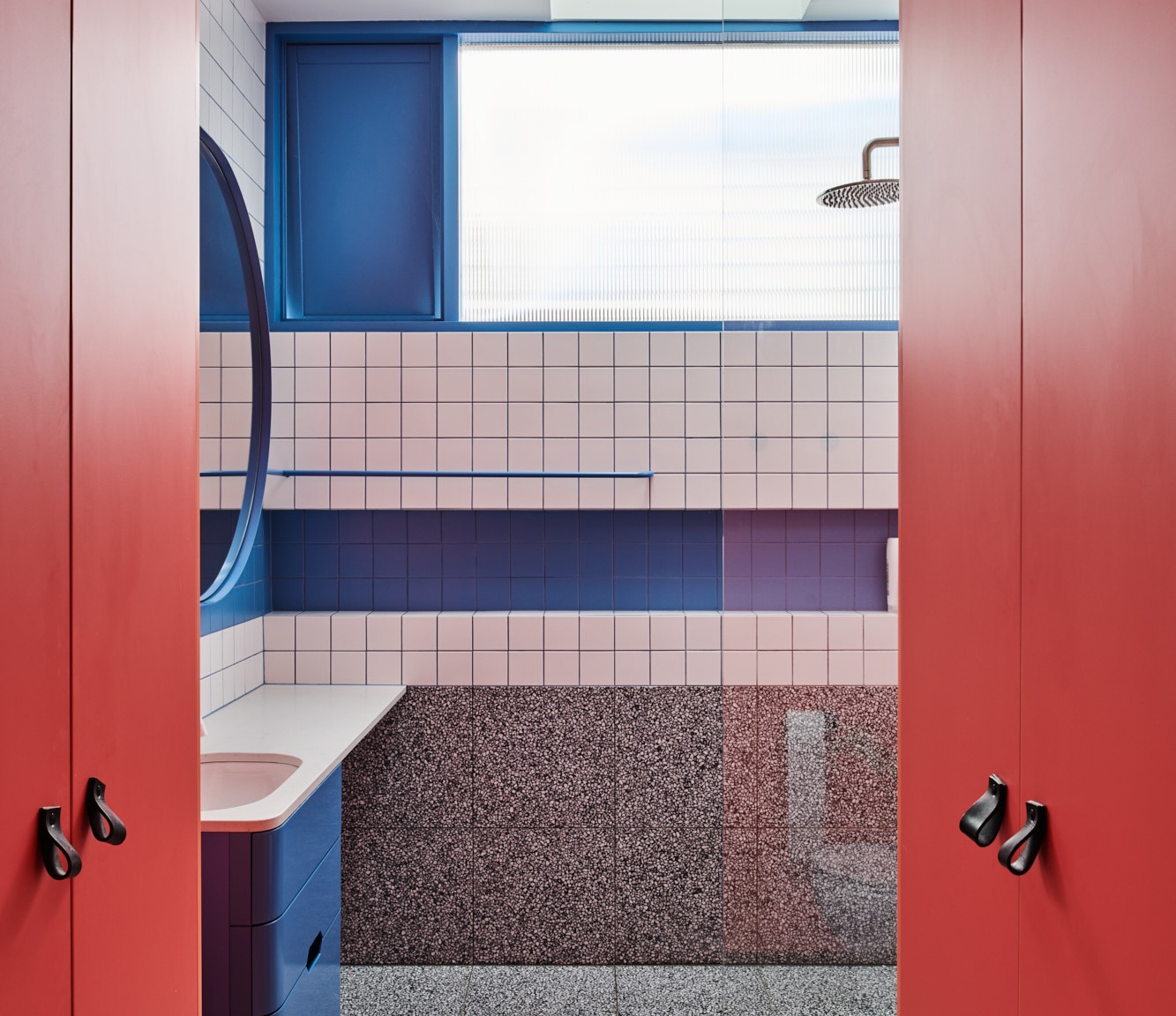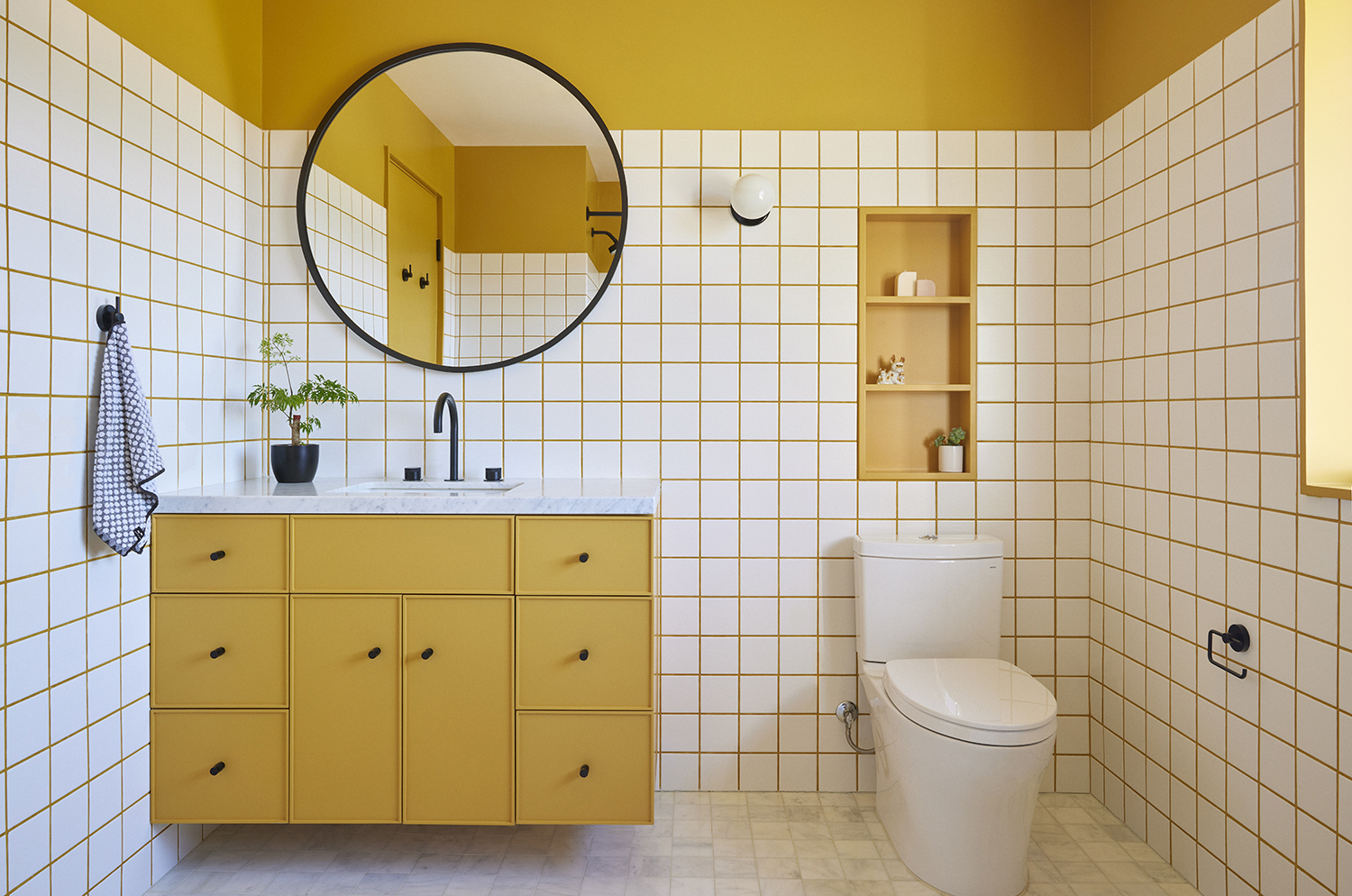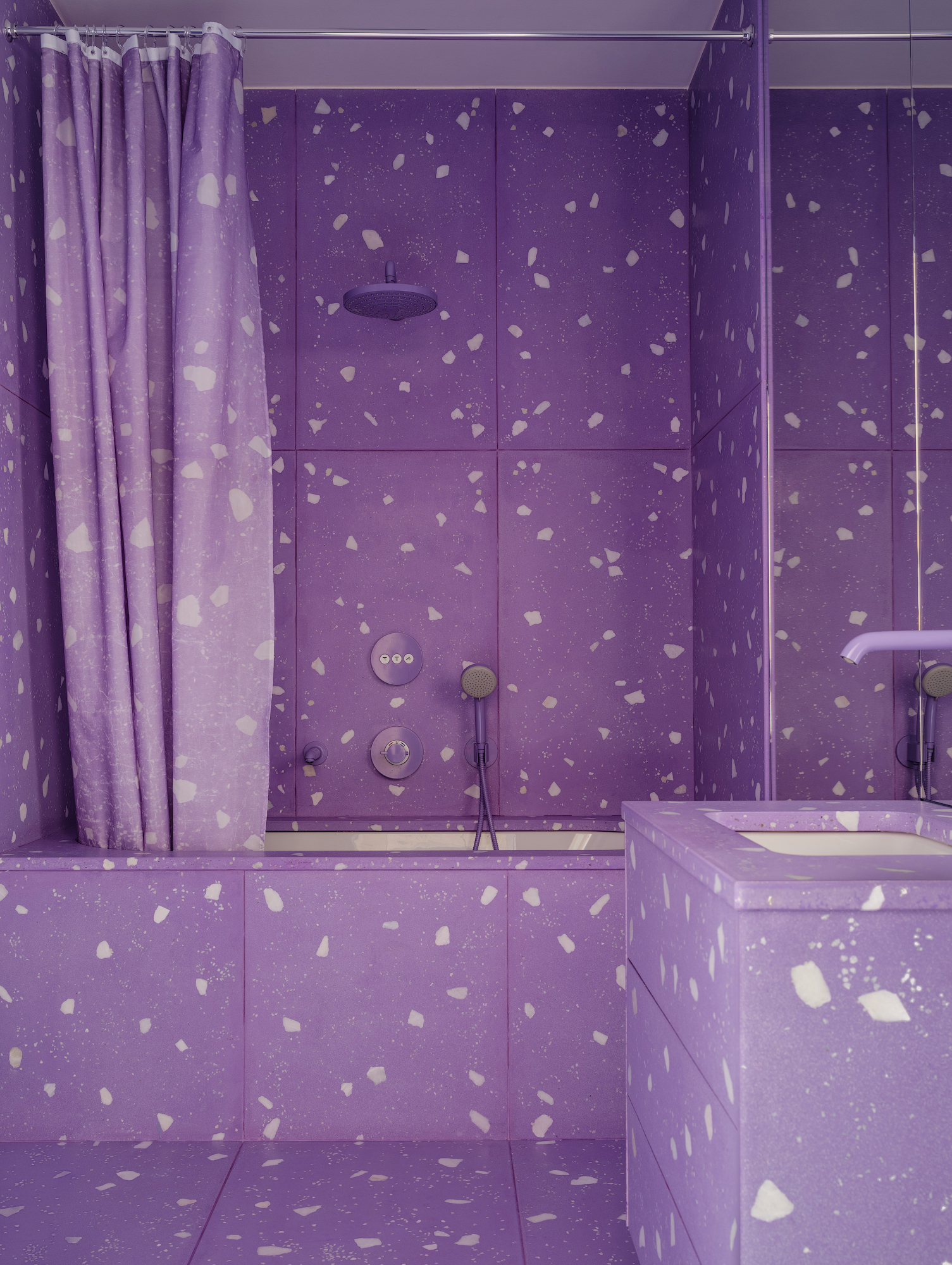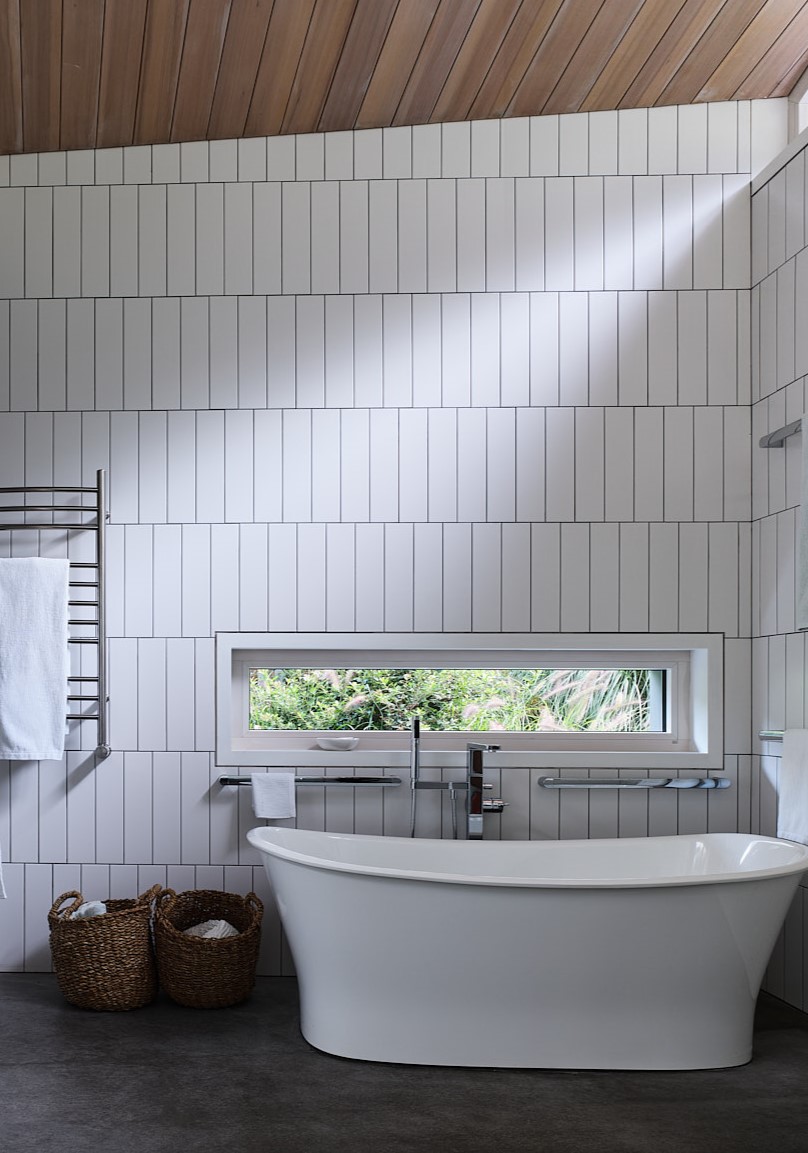
Choosing grout color goes one of either two ways. You either know exactly what you want from the outset, or you don't think about it until the last minute. Our recommendation? Don't fall into the latter camp. Grout color can make the difference between a bathroom that feels ordinary, or dated, and one that feels elevated and contemporary.
While there are no hard and fast rules to choosing this color, there are a few considerations you should keep in mind before going in for a specific tone. Experts list out a few essential guidelines that will help you make your grout choice for your bathroom tiles without regret.
What is the Best Color Grout For a Bathroom?

Largely, you don’t have to pick a grout color that matches the bathroom floor tile or wall tile exactly, but a variation of the same tone can work wonderfully. If you want to highlight the pattern your tile creates, a dark color against a light tile would be best. So consider red, yellow, black, or pink grout lines against white tiles.
'Ideally choose a grout that is not stark white; consider a nice bold, contrast,' says Mindy O'Connor, principal and founder of Melinda Kelson O'Connor Architecture & Interiors. 'But more importantly, make sure the grout is properly sealed with a penetrating sealer. While sealing is not required, it is crucial for stain prevention and water resistance, since grout is cement-based and porous by nature.'
On the other hand, if you aim to have a more open and breezy vibe, with uninterrupted sightlines, then more muted tones would work great... perhaps colors that are close to the tiles to recreate the color drenching effect we're seeing in other rooms right now.
Should small bathrooms have darker or lighter color grout?

When looking for small bathroom tile ideas, a grout color — whether dark or light — can both work but it depends on the mood you want to create.
'A contrasting grout with any tile tends to create a busier pattern and in small spaces that can be overwhelming,' says Shelagh Conway, principal and founder of Triple Heart Design. 'But with something like a penny tile on the floor, a contrasting grout can be a big wow factor against a large format tile with the same color grout. I would recommend planning your tile and coloring to create the right balance of design elements. We find putting it all on a mood board or getting a 3D render done will help visualize the way the final result looks. Overall a smaller space can be a calm serene light environment or a moody dark space, but having a consistent color palette does help reduce the visual clutter. Don’t go overboard on your design choices in a small space. Consistency is key.'
Which colors are most low maintenance?

If timelessness and low-effort is your goal for the large or small bathroom flooring or walls, experts suggest colors that do not require too much elbow grease yet look smart.
'When selecting grout color for bathrooms, keep in mind that the tile area will be wet much of the time — unlike, say, a kitchen backsplash which is only occasionally wet,' says Denise Hall, founder of Denise Hall Montgomery Architecture. 'Moreover, the wetness will likely not cover the entire expanse of the tile area at the same time: the shower floor, for example, will almost always have some dampness while the wall area behind the towel hooks will almost never be wet.'
'For this reason, I tend to look for grout colors in a middle range that don't look different wet or dry,' says Denise. 'Generally, I avoid white or very light grout shades as these show dirt. Mid to darker tones work. Also, as soon as white grout gets wet it goes dark and can look uneven next to the dry areas.'
'We think that pewter is the best grout color to conceal dirt/stains, and to boost dimensions,' says Donna DuFresne, founder of Donna DuFresne Interior Design.
Do I have to have grout at all?
A small bathroom layout usually requires a lot of thought because you want to create a welcoming space but one that doesn't feel cluttered or overly done. 'While installing tile without grout is possible, we tend to prefer it with,' says Donna. 'Tiles can move over time or debris may become lodged in between them, so having grout makes them much easier to clean.'
What type of grout is best?
'We always recommend Laticrete Spectralock Pro Premium epoxy grout because it is virtually maintenance-free,' says Shelagh. 'It's moisture, chemical, and stain resistant and doesn’t need sealing. It runs a little more expensive and can be challenging for an inexperienced person to use, but the long-term benefits are many.'







